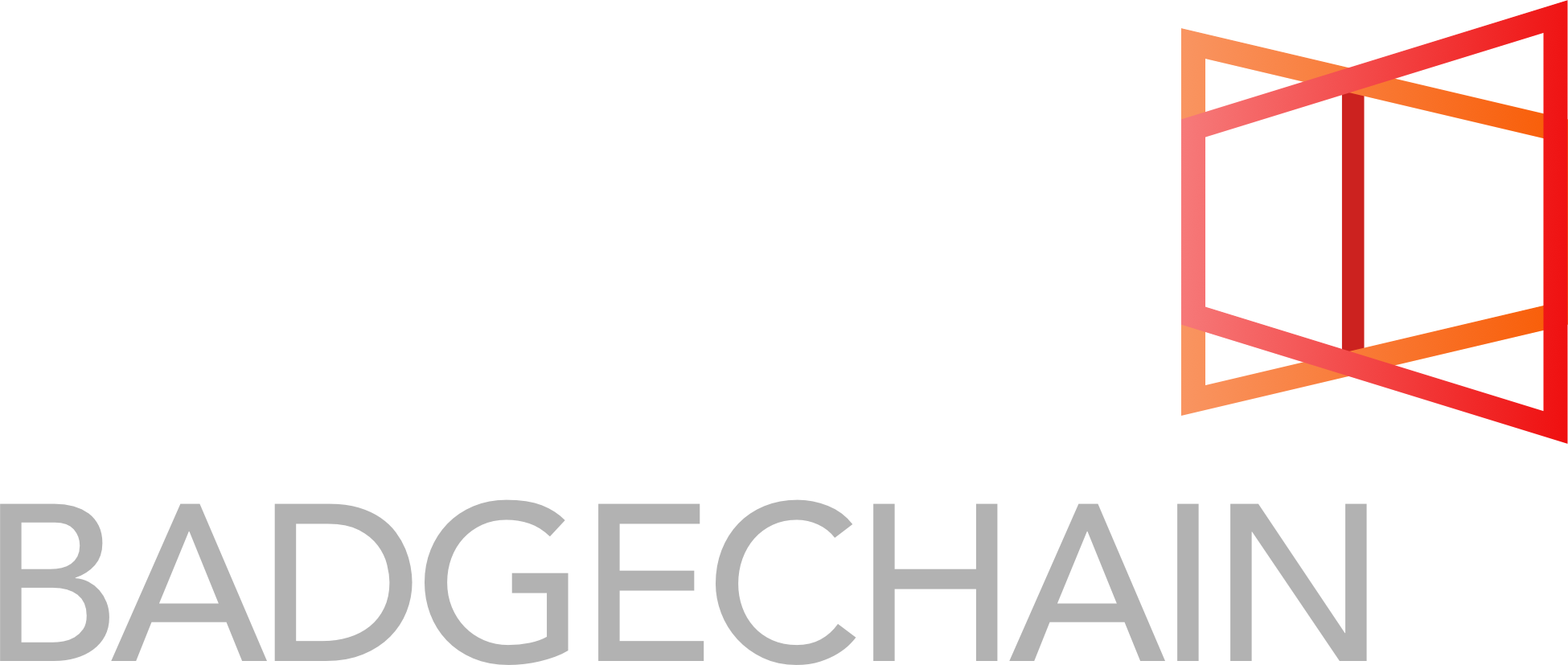
Welcome to the second round of BadgeChain Reads.
In our first cycle, we read and reviewed Bitcoin: A peer-to-peer electronic cash system.
This project is organized and facilitated by the BadgeChain team. The purpose of this work is to foster open discussion about the issues and trends in blockchain and related technologies. Furthermore, it is our hope to engage in discussion while focusing on the facts presented in the text.
We’re using an open source tool (Hypothes.is) to collaboratively research and discuss some of the influential literature in the field. This post should provide you guidance as you read, highlight, annotate, and respond in the text.
Each cycle of readings should last two weeks. At the conclusion of the cycle, we’ll introduce another reading for the community.
A Next-Generation Smart Contract and Decentralized Application Platform
For our second reading, we’ll investigate the possibilities for Ethereum after building on some of the weaknesses of Bitcoin. Vitalik Buterin sets the bar high on what cryptography can do for computer science and decentralized applications.
Think of Ethereum as a new computing environment with its own stack that’s been optimized for decentralized apps, and you’ll appreciate the future significance of this paper.
Let’s get started
Join the discussion as we collectively read, annotate, and discuss the theories, principles, and possibilities involved in blockchain and related technologies.
Please visit the primary document here and annotate using hypothes.is. Learn more about how to utilize the tool and respond to others in the text.
You should sign up for my newsletter to stay on top of weekly events in literacy, technology, & education.
Originally published at W. Ian O’Byrne.

Follow Us